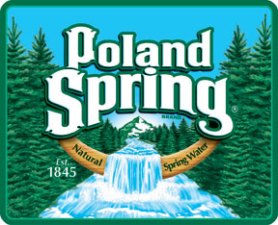As I sat down to peruse the Web for bits of educational reading on Sunday evening, I came across one article announcing the death of an awarded inventor, credited for the creation of an eco-friendly crematorium. I had never heard of an environmentally friendly way of cremating people after death, so naturally, I became quite intrigued.
Upon some research, I found that many were concerned about cremation as a means of final disposition, since it historically involves the burning of high quantities of fossil fuels harmful to the environment. It makes sense, I thought. But that’s the nature of the business, right? Cremation involves burning; how can that be changed?
As it turns out, I was wrong. Fairly recently, an alternative called Bio-Cremation has been gaining in popularity. Basically, cremation as a process does not have to involve flames, only heat. Bio-Cremation offers an eco-friendly alternative to conventional methods, as it involves only a stainless steel chamber, water, a natural decomposition agent called Potassium Hydroxide (KOH), and heat.

This chamber turns the decomposition process, affectionately referred to in the business as “B2B: body to bones,” to a simple 2-3 hour ordeal. It is much more energy efficient and does a much better job than older cremation methods.
After reading about all cremation processes, new and old, I have to say that I may very well be leaning towards cremation as a final disposition, instead of burial. But regardless of what I choose down the road, one thing is for certain – the environmentally conscious method of Bio-Cremation stands out as a clear winner in comparison to conventional methods. Just something to think about.


